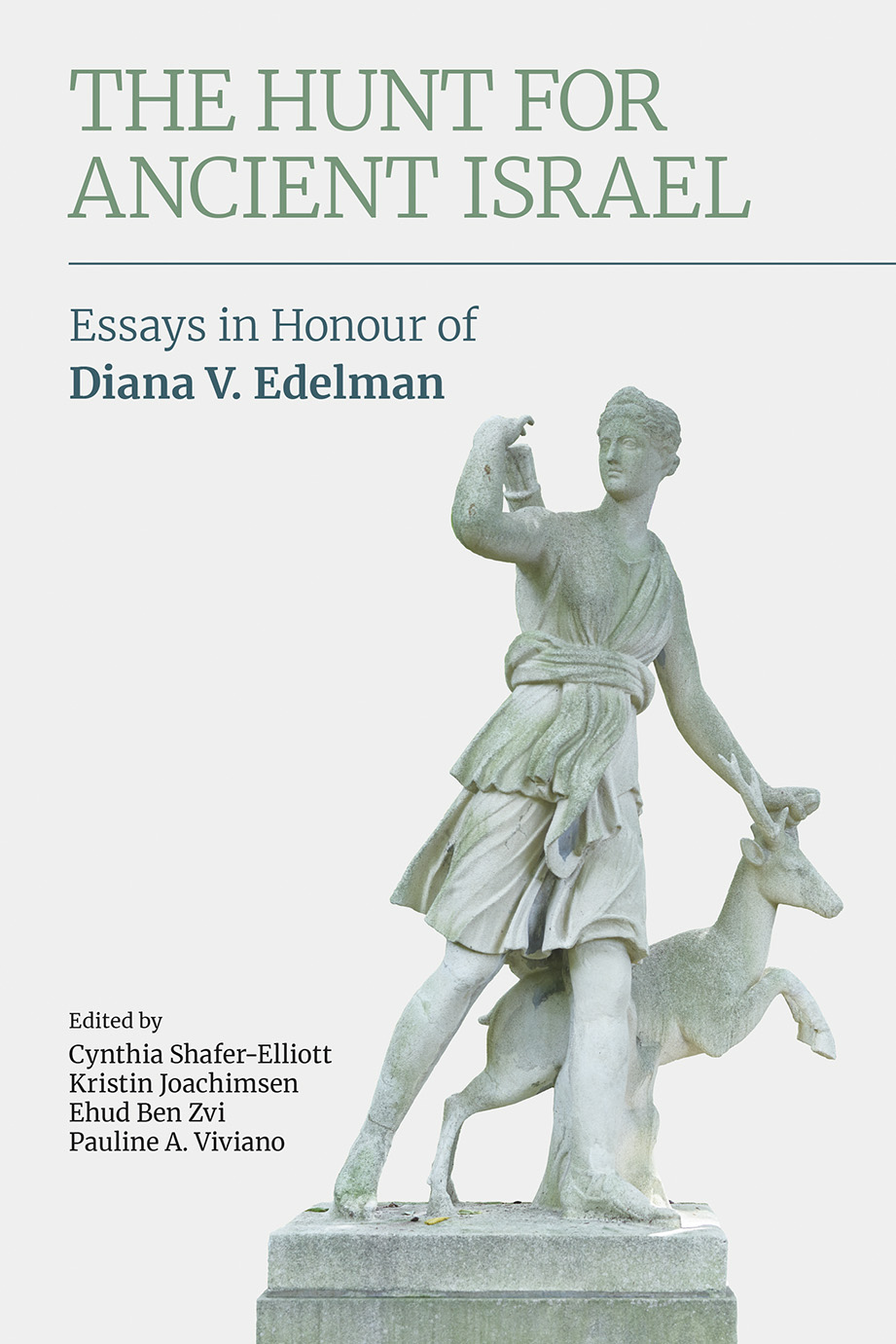The Covenant of Circumcision (Genesis 17) as an Identity Marker of Nascent Judaism
The Hunt for Ancient Israel - Essays in Honour of Diana V. Edelman - Cynthia Shafer-Elliott
Thomas Römer [+]
University of Lausanne
Thomas Römer is Professor at the College and Professor at the University of Lausanne. In 2015 he received the title of Doctor honoris causa of Tel Aviv University. Among his publications are The So-Called Deuteronomistic History: A Sociological, Historical and Literary Introduction (T&T Clark, 2005), L‘invention de Dieu (Paris 2014, translated in several languages).
Description
In the monarchic time, Israelites and Judahites practiced circumcision, as did their neighbors. They practiced circumcision on boys at puberty as a “rite de passages” into (nuptial) maturity. In the exilic period, in the context of the encounter with the Babylonian and Persian civilizations, which did not practice circumcision, the Priestly writers invented a new function of circumcision. It became a “rite de passage” into the world and a sign of the covenant between Yhwh and his people. The circumcision of the newborn male became an identity marker also with regards to people who practiced circumcision at the age of puberty. The circumcision on the eighth day is an invention of P.






